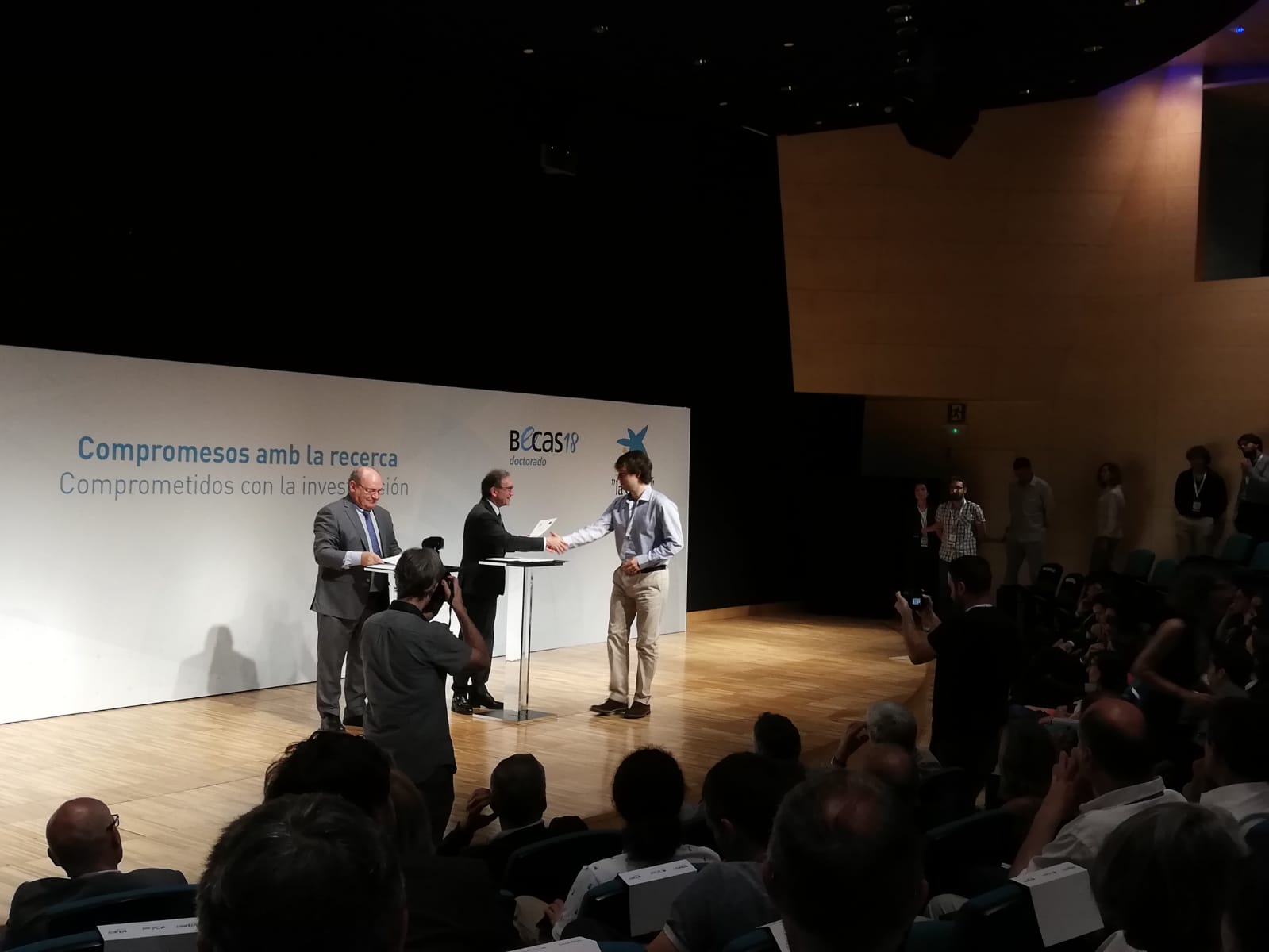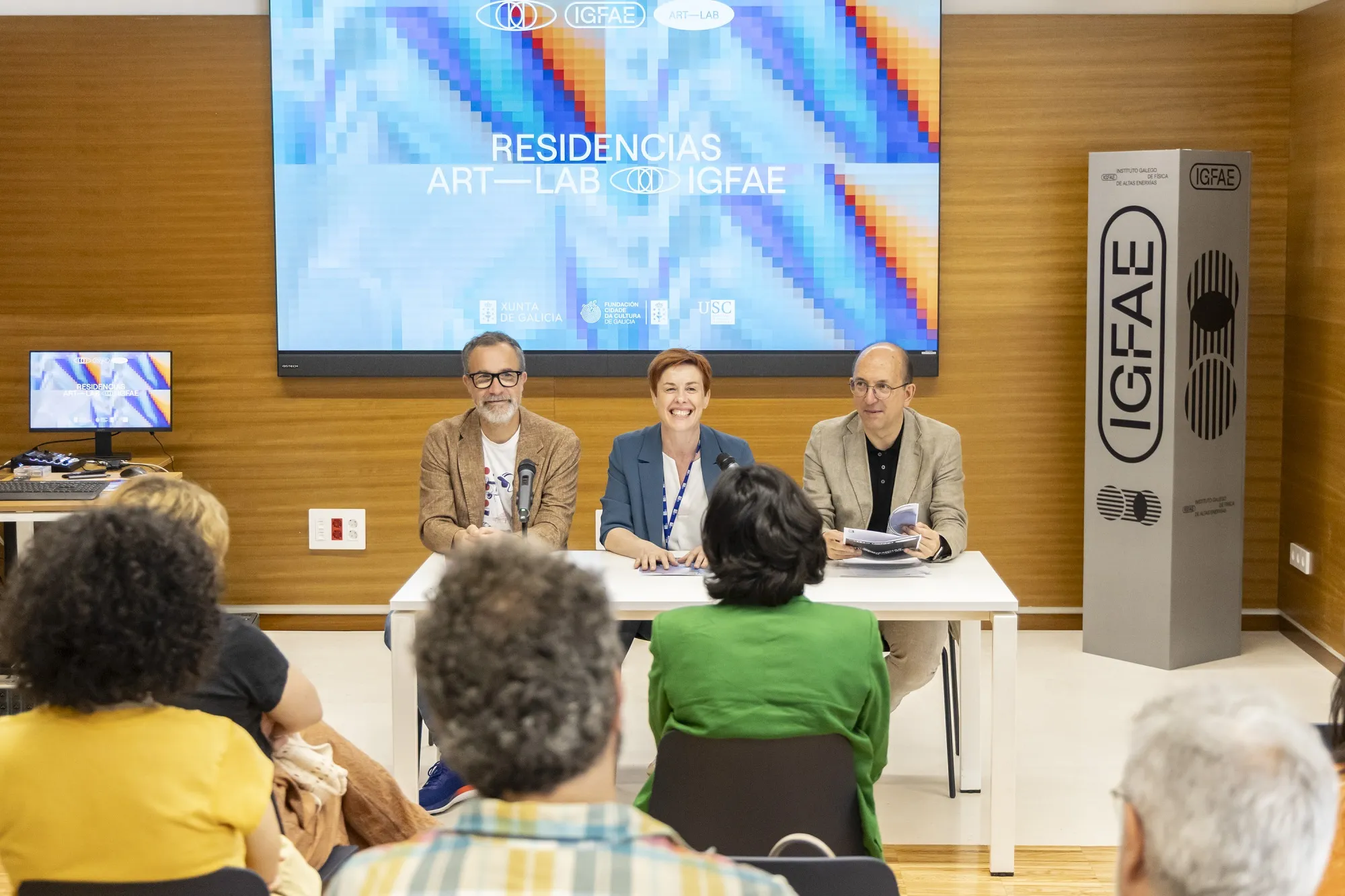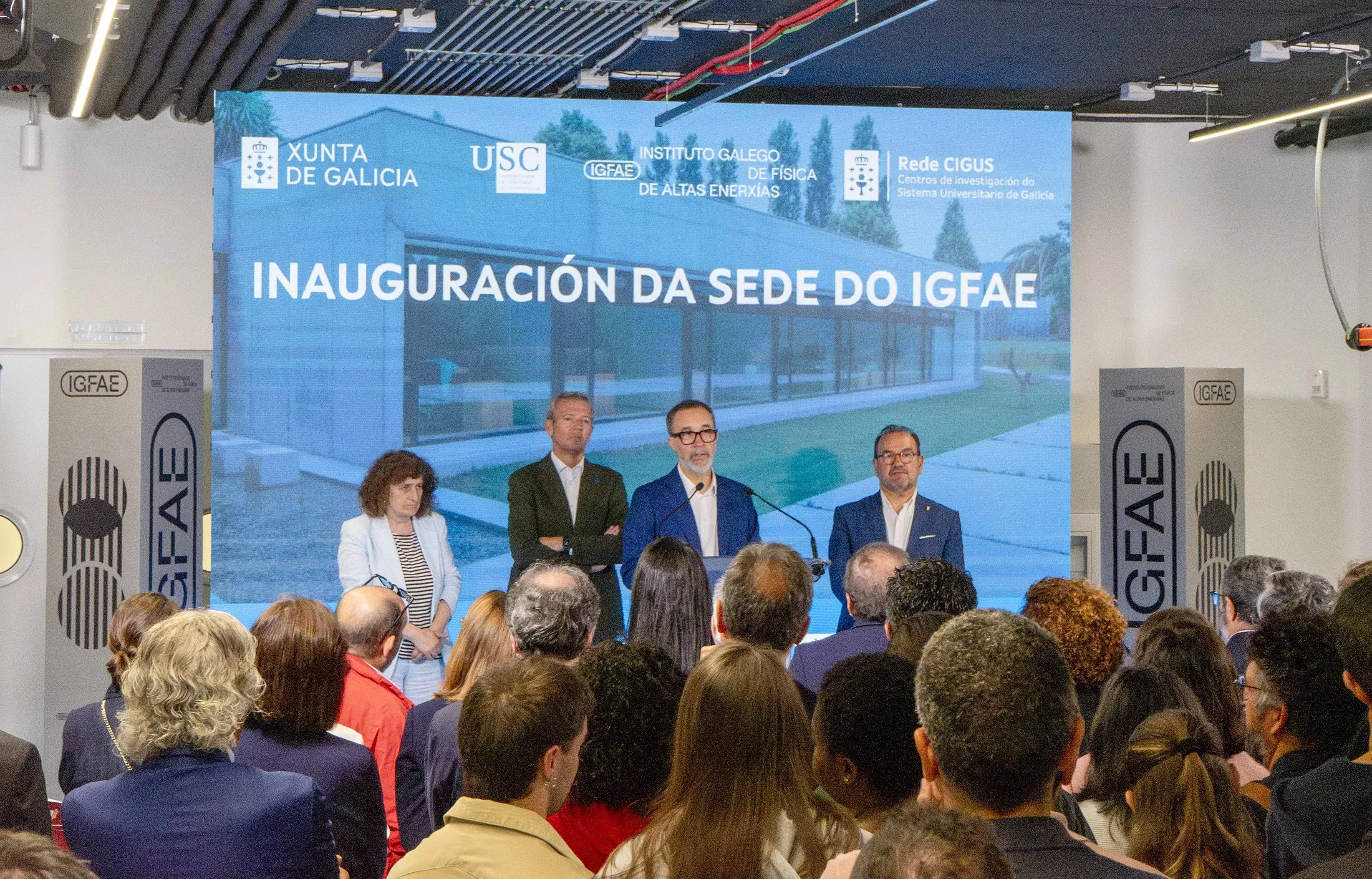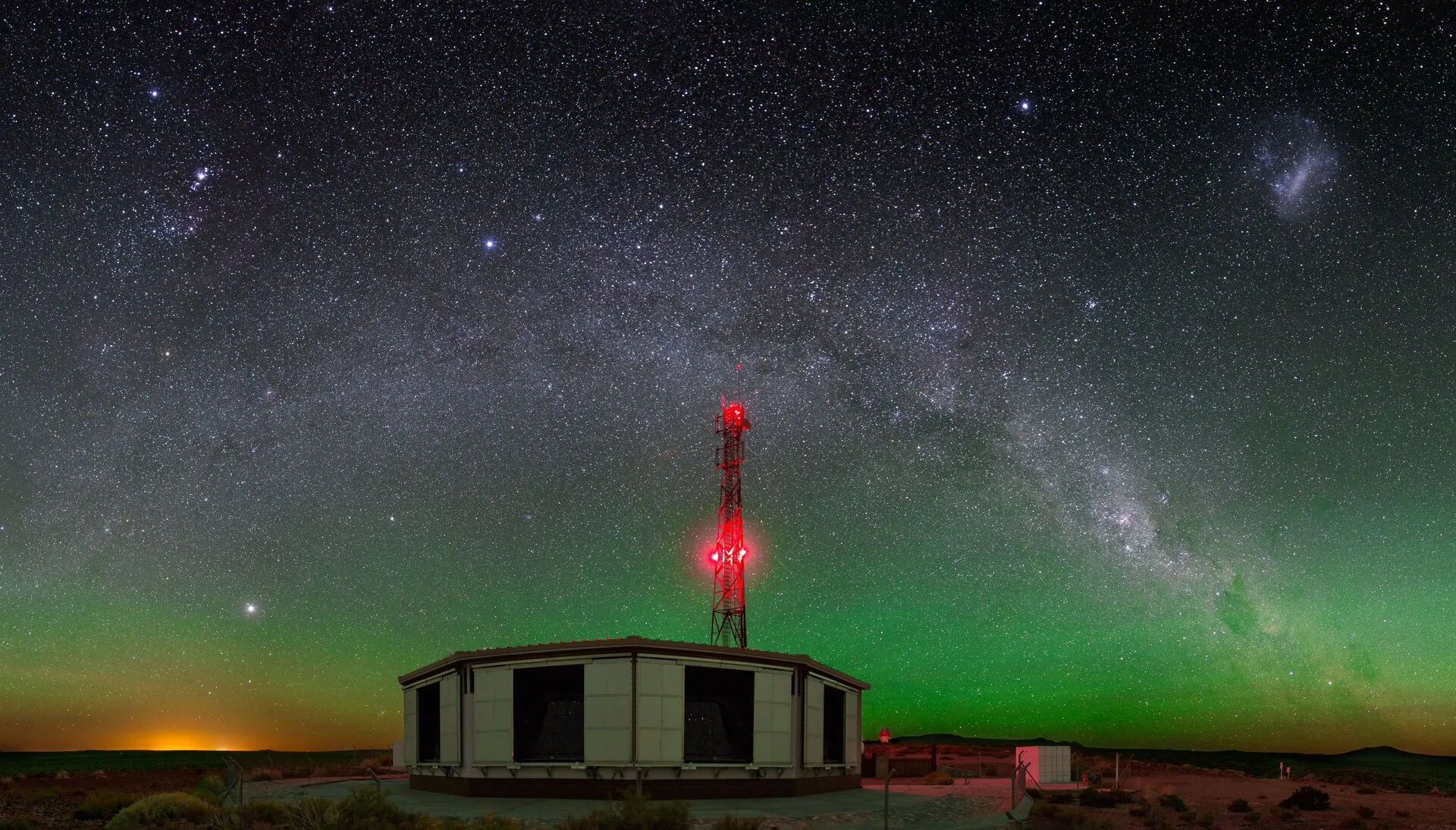Un artigo publicado na revista Physical Review Letters describe unha nova técnica para determinar e estudar as reaccións nucleares que teñen lugar en explosións estelares, como as supernovas. No traballo participou o investigador Yassid Ayyad, do Instituto Galego de Física de Altas Enerxías (IGFAE), centro mixto da Universidade de Santiago de Compostela e a Xunta de Galicia, que se encargou de desenvolver parte da análise e o marco de simulacións necesarias para interpretar os resultados. Estes datos abren, segundo o equipo encargado do traballo, unha nova vía para abordar unha serie de retos científicos, incluíndo a astrofísica e a física de neutrinos.
Tal e como explican os e as asinantes do traballo, estudar as reaccións nucleares que se producen nas supernovas é esencial para coñecer a evolución do universo. Hai un tipo de supernovas, as de colapso do núcleo, que afectan as estrelas de máis de oito masas solares ao final do seu ciclo vital. Neste proceso, estas estrelas xigantes xeran un buraco negro ou unha estrela de neutróns moi densa.
Durante este colapso, os núcleos atómicos dos elementos presentes no núcleo da estrela capturan electróns. Estas reaccións reducen a presión da estrela e xeran neutrinos que levan a enerxía. Por tanto, modelizar e entender mellor estas reaccións axuda a desentrañar os aspectos aínda descoñecidos neste tipo de fenómenos de gran magnitude.
Reaccións de intercambio de carga
Os equipos que estudan as reaccións que xeran esta captura de electróns poden obter información de maneira indirecta sobre as taxas desta captura. Fano mediante as denominadas reaccións de intercambio de carga, que poden desenvolverse de maneira controlada nun laboratorio. Nelas, o núcleo inicial e o produto final son os mesmos que se observan nas reaccións estelares. Por iso, cando se obtén información sobre a probabilidade de que ocorra esta reacción, é posible calcular a velocidade de reacción de captura de electróns que se produce nunha supernova.
Con todo, ata o de agora, houbo un obstáculo difícil de superar nesta observación indirecta: só poden estudarse os isótopos que son estables nas condicións do planeta Terra, e moitos dos isótopos que se xeran nas estrelas que colapsan apenas viven unha pequena fracción de segundo cando son producidos en laboratorio.
A relevancia do novo traballo no que participa o IGFAE recae en que, tal e como describe o artigo publicado, desenvolveuse unha nova ferramenta para superar este obstáculo, nun experimento realizado no Laboratorio Nacional de Ciclotróns Superconductores (NSCL) de Estados Unidos, na Universidade Estatal de Michigan.
Para iso, inxectouse un feixe de osíxeno-14 inestable nunha Cámara de Proxección Temporal en modo Branco Activo (AT-TPC, polas súas siglas en inglés) chea de gas deuterio. A partir disto, identificáronse eventos nos que se producía nitróxeno-14, o mesmo produto que aparecería tras unha reacción de captura de electróns no osíxeno-14. Nesta reacción, un núcleo de deuterio no gas, formado por un protón e un neutrón, convértese en dous protóns.
“É a primeira vez que se consegue medir esta reacción nun isótopo radioactivo coa resolución suficiente”, explica Yassid Ayyad, investigador Ramón e Cajal na USC. “Para iso usamos o AT-TPC, un detector gasoso capaz de medir protóns de moi baixa enerxía. Para levar a cabo o experimento con éxito, o grupo do IGFAE desenvolveu ferramentas de simulación e análise avanzadas”, engade.
O dispositivo AT-TPC permite tomar unha “foto” das pegadas dos dous protóns que se obteñen. Isto é suficiente para extraer a información necesaria que determina as reaccións de captura de electróns.
Ademais, o experimento co osíxeno-14 proporcionou bos resultados para comprender as diferenzas entre os cálculos teóricos consolidados, que requiren un factor de corrección necesario para axustalos aos datos experimentais. Estes datos obtivéronse con modelos teóricos desenvolvidos máis recentemente, baseados en principios fundamentais, e que non requiren un factor de escala. Por iso, o resultado non só é importante para as aplicacións astrofísicas, senón tamén para comprender mellor as propiedades fundamentais dos núcleos atómicos.
Deste xeito, o experimento agora publicado facilita o camiño para futuras probas con núcleos máis pesados e menos estables que poidan producirse nas instalacións onde se desenvolven estes traballos.
Actualmente, o equipo que lidera Yassid Ayyad atópase preparando un novo traballo relacionado con esta nova técnica. “Agora mesmo estamos a traballar para realizar un experimento similar en xullo deste ano, usando o mesmo dispositivo experimental, pero esta vez mediremos a resposta electromagnética do 11Li, un núcleo moi exótico que se caracteriza por ser ter dous neutróns orbitando lonxe do núcleo. É o que se coñece como núcleo halo”, engade Ayyad. “Esta proposta está liderada polo noso grupo de investigación e servirá como tema de tese dun dos nosos estudantes”, conclúe.

A figura amosa a visualización dun evento na Cámara AT-TPC. Un osíxeno-14 entrante (arriba á dereita) reacciona cun núcleo de deuterio, creando nitróxeno-14 e dous protóns. As trazas de protóns reconstrúense na cámara.
(Nota: As outras traxectorias están debuxadas a man, só con fins ilustrativos. Non se observan realmente na cámara).
Os produtos da reacción do nitróxeno-14 saen da cámara e detéctanse no espectrómetro magnético S800.
Crédito da imaxe: Remco Zegers (FRIB).






